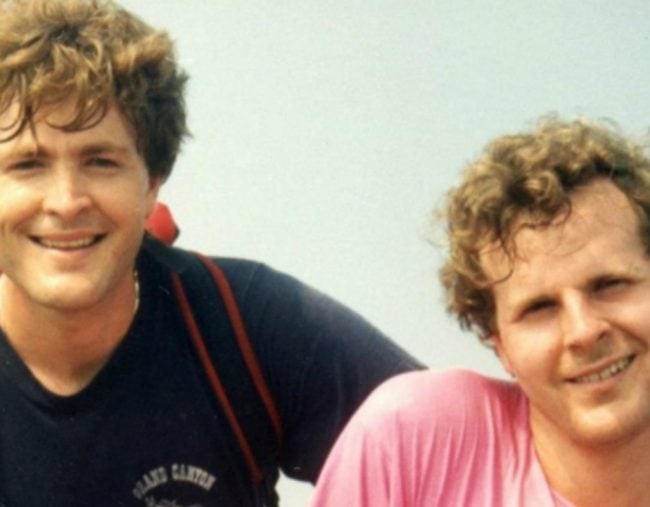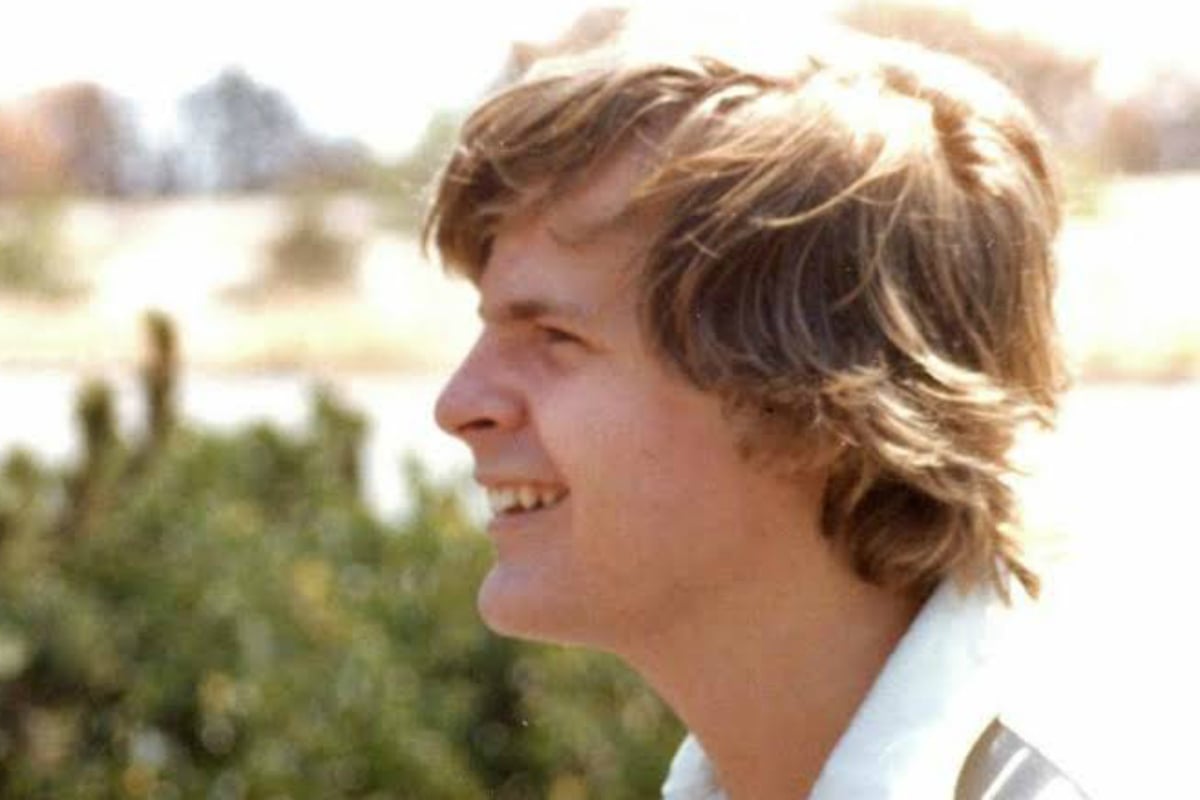
In 1988, 27-year-old Scott Johnson was a promising mathematician completing his doctorate.
On the morning of December 10 of that year, Johnson’s naked body was found by two fishermen and one of their sons at the bottom of a cliff in Manly. His death was ruled to be a ‘suicide’.
Thirty years, two police investigations and three coronial inquests later, it was found that Johnson’s death was the result of a gay hate attack. Even in the face of hard evidence that Johnson was likely murdered, the NSW Police Force continued to run a suicide narrative at the third inquest in 2017.
Johnson’s brother, Steve Johnson, spent years lobbying for a reopening of the cold case.
During the 2017 inquest, a witness relayed how they heard a group of men known as the Narrabeen Skinheads bragging about bashing an “American f—-t” they had found naked at the very spot Johnson was found dead, and on the a Friday night during that December in 1988, according to the ABC.
Johnson’s death was one of what is believed to be hundreds of suspicious deaths of transgender people and gay men between the years of 1976 and 2000.

